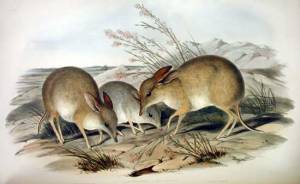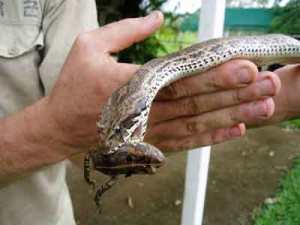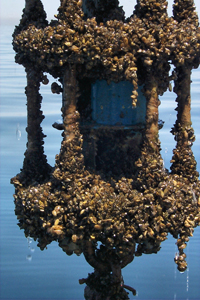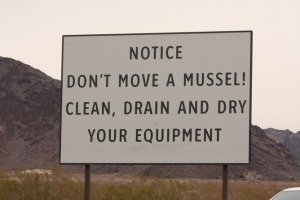Phoebe Maund @phoebemaund
When most people think of ‘natural spaces’ they envision the wide-open countryside, elephants roaming around Africa, or maybe somewhere deep in the heart of the Amazon. But what about the nature right under our noses? Most people in the UK live in urban areas leaving a growing estrangement between society and the natural world (Dye, 2008). Yet if you look hard enough, biodiversity can be found all around cities.
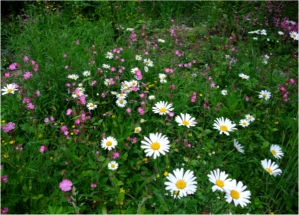
Figure 1. Green spaces in cities provide a haven for wildlife and benefit society.
Gardens for example provide a much-needed refuge for species that have come to thrive in developed areas (Gaston et al., 2003). They also enable great opportunites for people to interact with nature on a daily basis (Dallimer et al., 2012). City parks and even green verges also house a variety of wildlife. However, with an area over twice the size of Hyde Park being lost every year from London’s green spaces alone, the question is – should we care?
Benefits to Biodiversity
Many of the World’s declining species thrive in urban areas. For example, the common frog has seen large declines in rural areas within the UK, yet they have thrived in our towns and cities (Carrier and Beebee). The same can be said for our bees (Goulson et al., 2002). Its not just in the UK we see these patterns, urban parks in the USA support a higher number of bees than parks in rural areas (McFrederick and LeBurn, 2006). The availability of green spaces also goes some way in reducing the impacts of habitat loss and disturbance (McKinney, 2008).
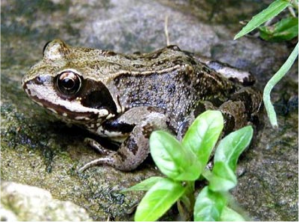
Figure 2. The common frog population declines, yet thrives in urban areas.
Benefits to Society
Besides the enjoyment people feel from being around nature, natural spaces in cities provide a variety of benefits to society, including improved mental and physical health, flood defence and temperature regulation. Bolund and Hunhammer (1999) outlined these benefits and categorised them into broad functions; air filtration, noise reduction, sewage treatment, reducing surface water run off and climate regulation. Greener environments have also been linked to benefits like quicker recovery times in hospitals, reducing population obesity levels and attracting a higher qualified work force. Although many of these systems can be replaced by technology, the cost for these would have to be paid for by residents.
Increasing the Value
There are many actions that can be taken to improve the value of urban areas to preserve and increase the outlined benefits. Wildlife gardening for example has the potential for mass participation and can provide numerous benefits for wildlife and people. Novel ideas like green roofs and walls are also a great way to attract biodiversity. Plans for ‘future green cities’ are also being drafted with unique ideas to incorporate nature into modern lives.
Finally, simply appreciating and preserving those spaces we already have is vitally important. Various organisations now put great emphasis on schemes to promote urban nature, including the RSPB (http://homes.rspb.org.uk/),
Wildlife Trusts (http://www.wildlifetrusts.org/living-landscape/schemes/exeter-wild-city) and local councils.
Useful Links
http://www.thenatureofcities.com/
https://www.sheffield.gov.uk/out–about/parks-woodlands–countryside/parks/urban-nature-project.html
http://topdocumentaryfilms.com/nature-cities/
http://www.bbc.com/future/story/20130530-bringing-nature-back-into-cities
http://www.innovcity.com/2011/07/19/cities-of-the-future-will-be-dense-green-and-interconnected/
References




